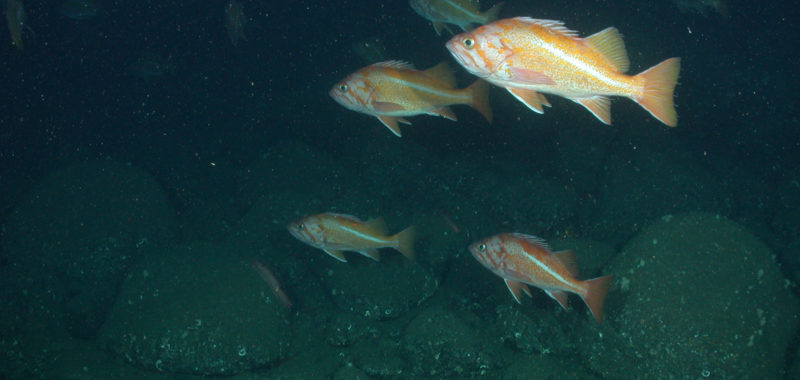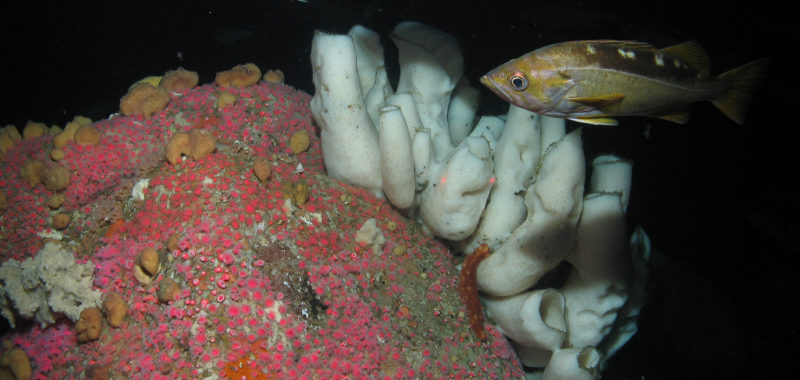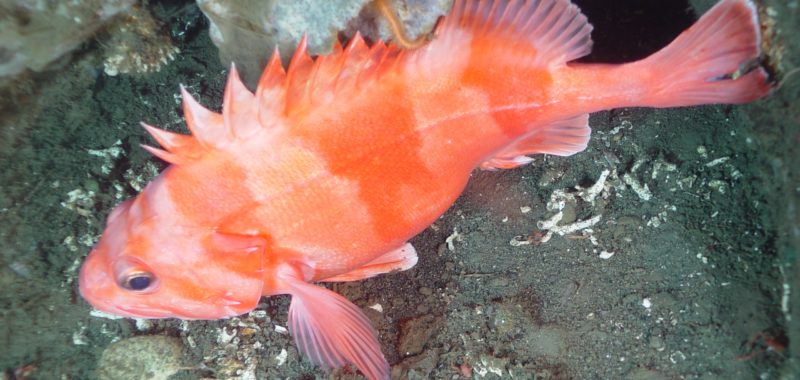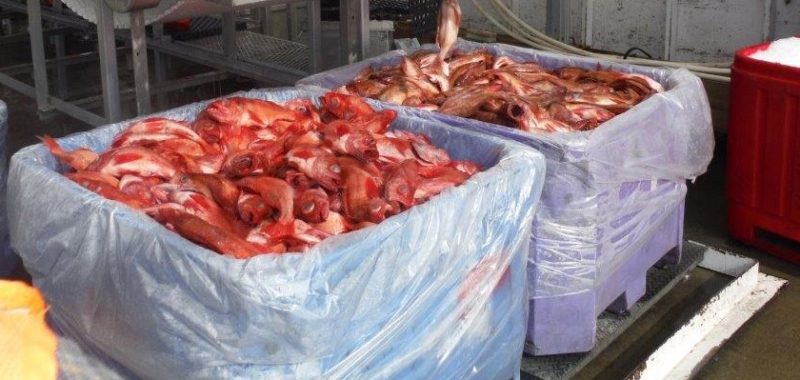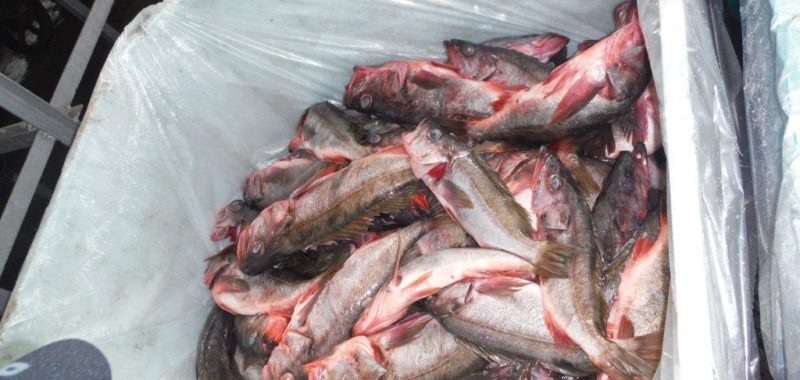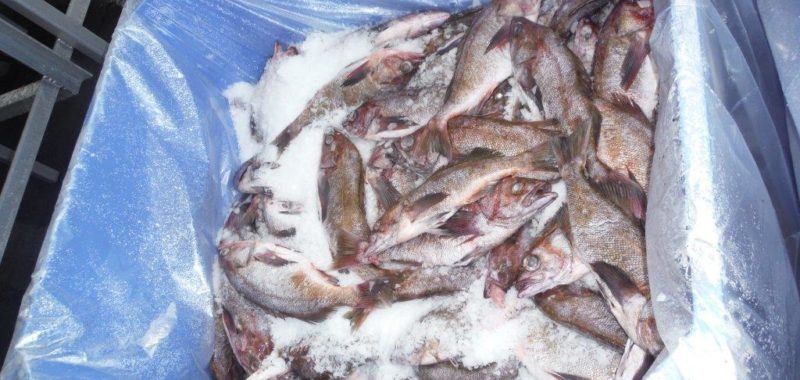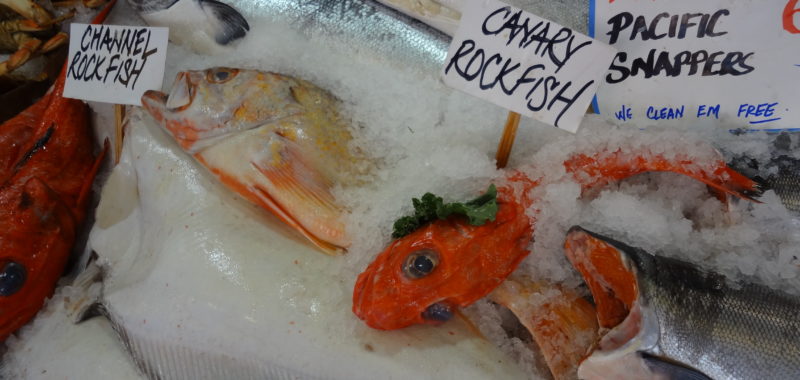Priority Species: BC Rockfish
Scientific name: Sebastes spp.
DFO Stock Status: Critical Zone (1/22 populations); Cautious Zone (3/22 populations); Healthy (6/22 populations); Unknown (12/22 populations)
COSEWIC Status: Endangered (Bocaccio – prohibited from commercial sale), Threatened (Canary, Quillback, Yellowmouth), and Special Concern (Rougheye type 1 and 2, Longspine thornyhead, Darkblotched rockfish, Yelloweye inside waters and outside waters), no status (13/22 species)
Dive deeper into stock-specific status details.
Seafood Watch
Ocean Wise
MSC – none certified
Canada’s Pacific rockfish are inherently vulnerable to fishing pressure due to their slow growth, late age of maturity, and long life span. It is difficult to accurately assess their populations arising from the sheer number of species and the diversity of habitats where they are found. Several Pacific species have never received stock assessments, while other assessments are outdated. Those species with existing assessments show various sustainability levels, from healthy to depleted.
Population: Despite some stock improvements, the stock status of several Pacific rockfish species is still unknown. The degree to which rockfish populations are impacted by fisheries is also uncertain. Canada’s Department of Fisheries and Oceans does not have sufficient resources to conduct the research required for comprehensive stock assessments. SeaChoice will be exploring research methods focused on data-poor fisheries and the role of areas closed to rockfish fishing, to better understand the risks that fisheries pose to Pacific rockfish populations.
Bycatch: Maintain comprehensive catch accounting through video and at-sea monitoring, ensure species catch limits are appropriately set, and support efforts to increase science surveys.
Habitat: Work to improve existing rockfish habitat closures.
Gear: Work with the trawl industry and seafood supply chain to create a market for rockfish that are captured using midwater trawls, instead of the more impactful bottom trawls.
Management/Monitoring: Over the last two decades, B.C. rockfish fisheries have made several management changes to improve sustainability. Improvements include comprehensive catch accounting through video and at-sea monitoring, a system of individual catch limits, increased science surveys, and the creation of rockfish conservation areas. SeaChoice will continue to encourage the adoption and continuation of these successful management measures.
Markets: There are approximately 22 species of rockfish that enter commercial markets including: darkblotched, redbanded, redstripe, rougheye, shortraker, widow, yelloweye, greenstriped, sharpchin, splitnose. Concerns remain about the traceability of B.C. rockfish in seafood markets. More often than not, the diversity of rockfish species are sold under a single common name such as “rockfish” or “snapper”. To link purchasing decisions with sustainability, there needs to be better traceability and labelling through the supply chain.
We are currently working with Vericatch and the B.C. groundfish industry to bolster the recently developed traceability system for B.C. rockfish. The system is designed track rockfish through the seafood supply chain by correct common name, gear type used to catch the fish, location of catch, and sustainability information. Verification of species will be audited through genetic testing of seafood at the point of sale.
Rockfish Identification – DFO
Aquatic Species at Risk profiles – DFO:
- Bocaccio
- Canary Rockfish
- Longspine thornyhead
- Quillback Rockfish
- Rougheye Rockfish – Types I&II
- Yelloweye Rockfish (Pacific Ocean inside and outside waters populations)
- Yellowmouth Rockfish
Rockfish Conservation Areas – BC
Common/Market Name
Rockfish, snapper, Pacific snapper, Pacific rockfish
Distribution
British Columbia
Harvest Method
Gear types: Bottom trawl, midwater trawl, jig, longline, trolling
Management Agency
Department of Fisheries and Oceans (DFO): Pacific Region
Market Distribution
Although the export data for BC rockfish are not very clear, it is likely that about a third of the catch is exported, with the U.S. as the main destination (data from DFO)
